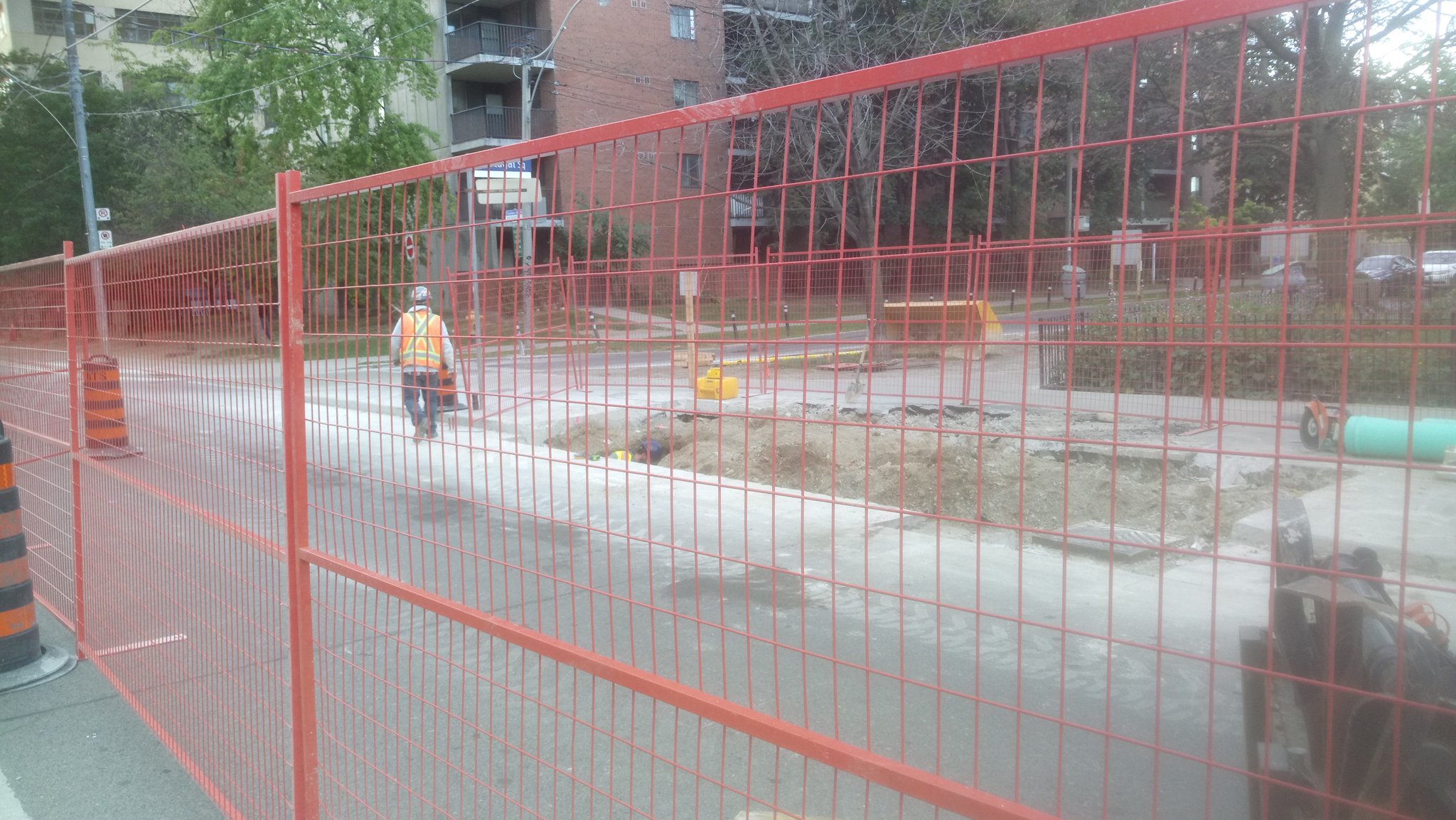You make some good points. And they are based on engineering principles. However, we must acknowledge that those two corridors (Beecroft/Doris) have basically zero trip generators on them and that a tremendous amount of high-density residential development is centred on Yonge Street. This creates a scenario where you're naturally going to have more people (who could potentially bike or walk or drive or take transit) start or end their trips along Yonge Street. This would require good and frequent East-west connections to Yonge Street (from your proposed corridors) to provide a safe environment for these people as well. I would imagine the overall investment required for this would be substantially more than along Yonge St.
If you were to do a cost-benefits analysis between the three corridors i'd imagine you'd see positive impacts on ridership, and convenience for a Yonge St alignment, but negative impacts on cyclist safety when you compare them side-by-side. However, investments are made based on multiple factors, one of which is safety. This calls to question what is an acceptable safety standard for cycle tracks? Is it zero deaths for every 100,000 cyclists? is it five? It is virtually impossible to prevent conflicts 100% of the time, but there is a point where you can balance the expected safety risks with other factors. In my opinion I would say that cycle tracks or lanes on Yonge St could probably be designed and implemented in a way that mitigates safety risks to an acceptable level while simultaneously promoting a shift toward sustainable modes of transportation (Cycling, walking, transit) that improves the utilization of cycling facilities in the area.






